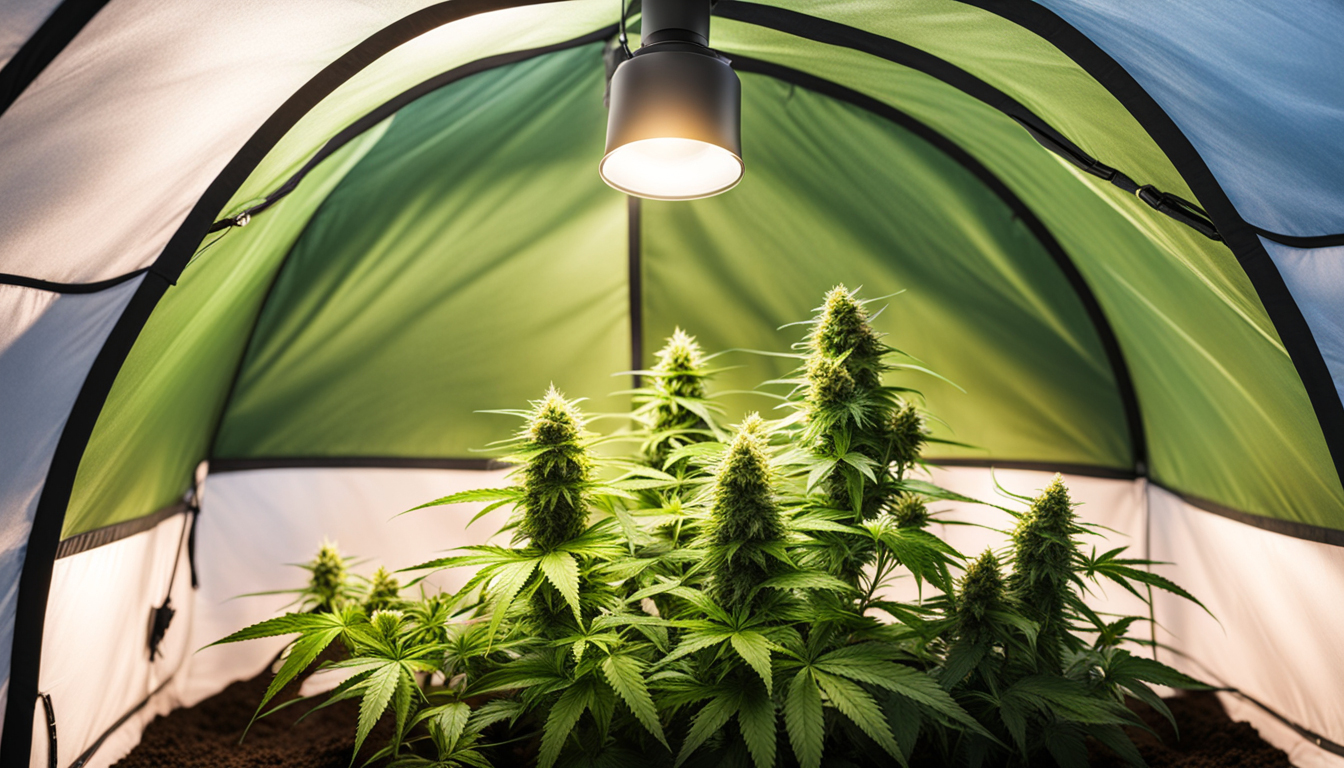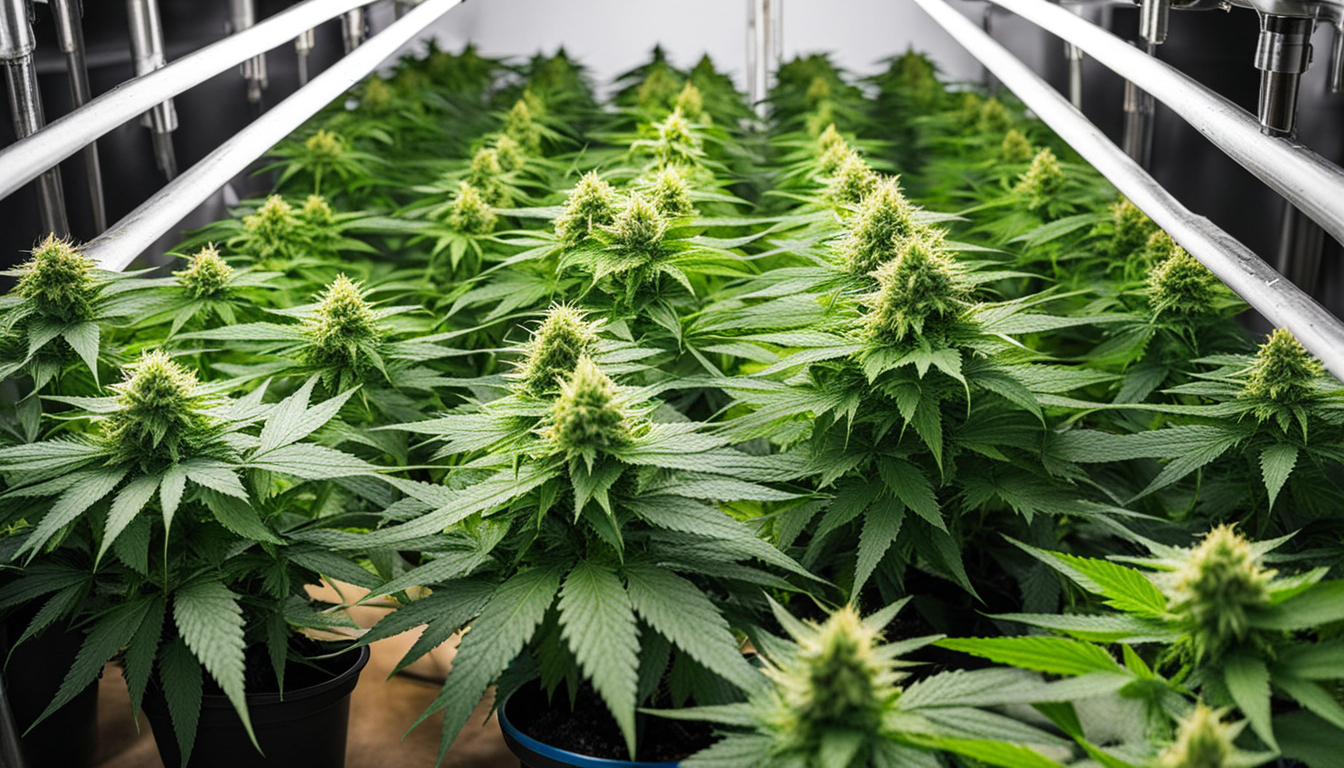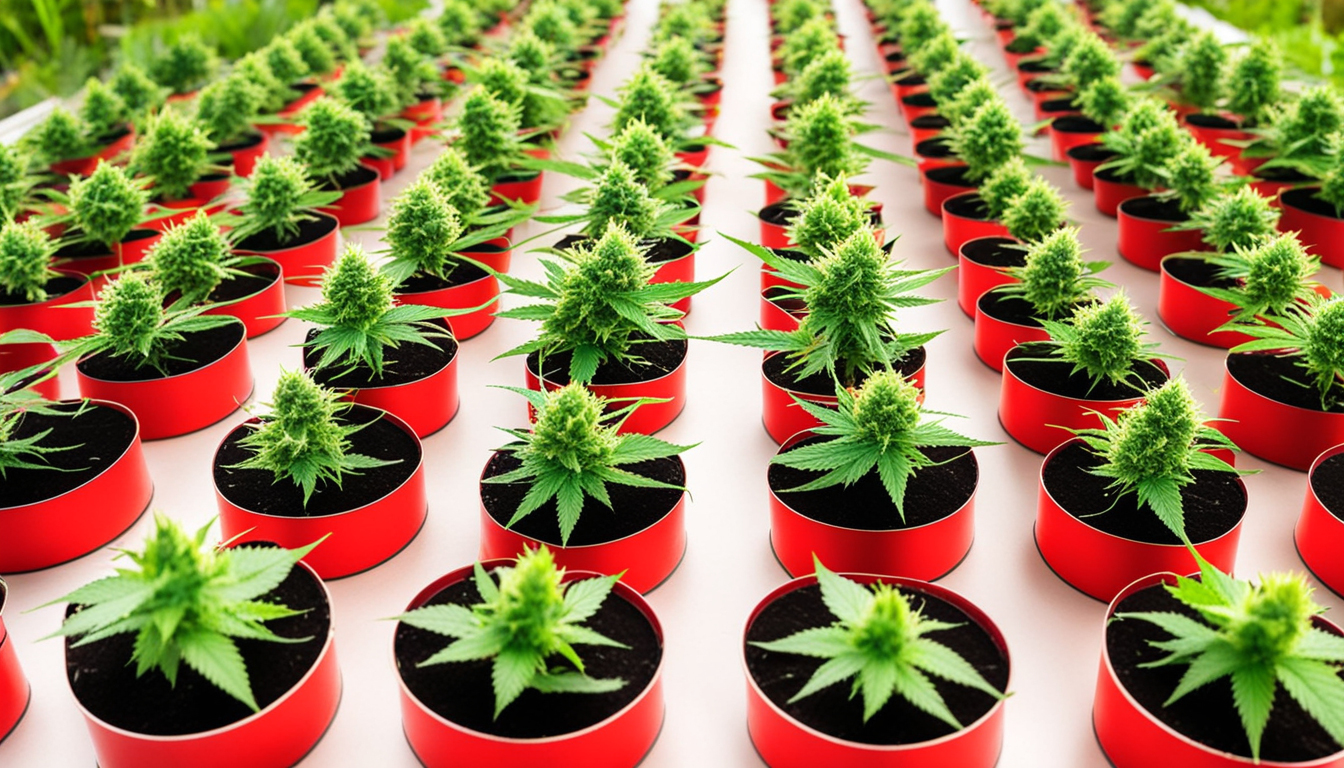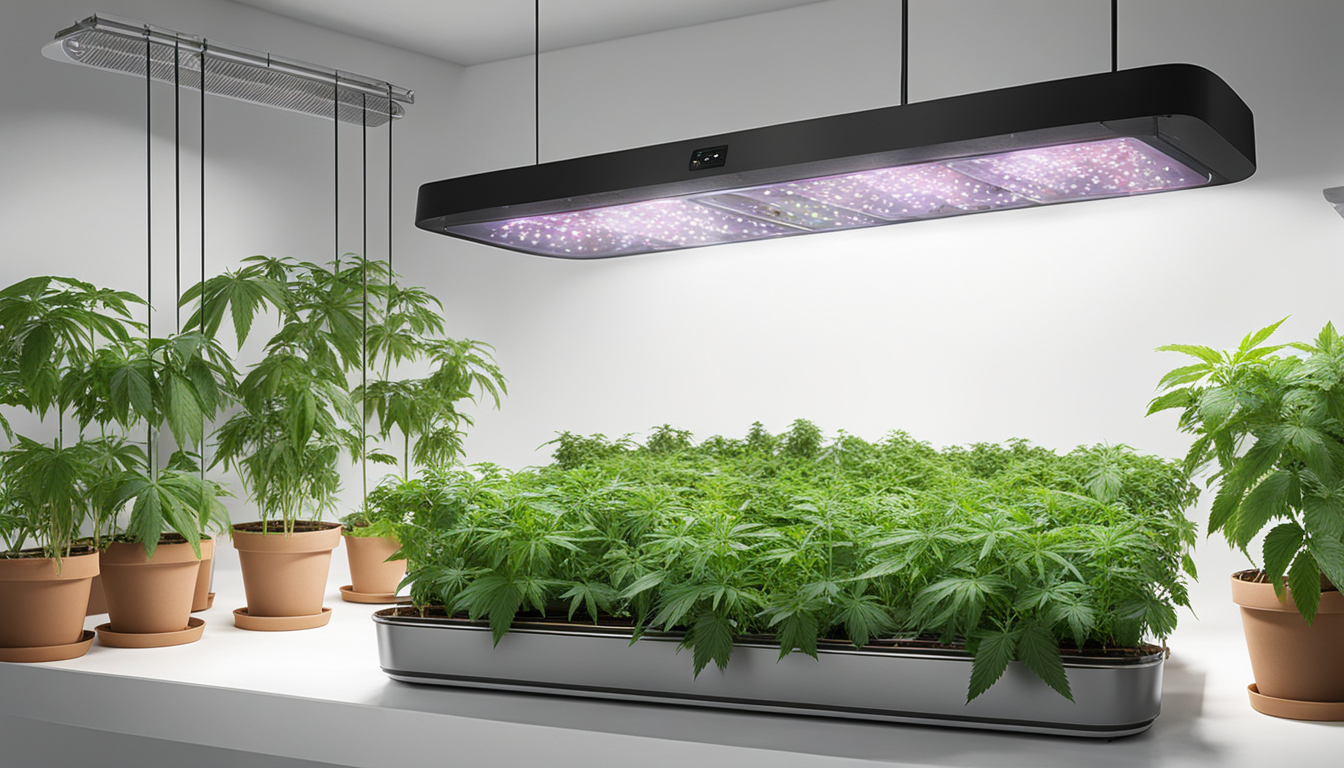
Whether you're new to weed growing or looking to improve your existing harvest, following this complete guide will help you produce bountiful, high-quality yields right at home. With the right equipment, techniques, and care, cultivating marijuana indoors can be an extremely productive and cost-effective endeavor.
Choosing Cannabis Strains
The first step in planning your indoor crop is selecting the right marijuana cultivars to produce. The three main types of pot plants each have their own characteristics.
Sativas
Known for their invigorating intellectual effects, these strains grow tall and slender with narrow leaves. They thrive in hotter equatorial climates and have a longer flowering time between 10-12 weeks indoors. Top energizing varieties include Jack Herer, Durban Poison, Super Lemon Haze, and Jack Herer.
Relaxing strains
These strains provide calming body-focused effects and spread short and bushy with wide leaves. Accustomed to colder mountain climates, they bloom faster within 2-2.25 months. Popular relaxing strains include Granddaddy Purple, Northern Lights, and Bubba Kush.
Hybrids
Hybrid strains blend traits from both sativas and indicas. They offer combined effects and have moderate flowering periods around 9-10 weeks. Well-known hybrids are OG Kush, Girl Scout Cookies, and Blue Dream.

Setting Up Your Grow Space
Cannabis plants need the right controlled environment to succeed. Key factors for indoor grows are lights, airflow, layout, and finding the ideal discreet spot.
Location
Choose an empty space with easy access to irrigation and power outlets. An empty extra bedroom, unused closet, basement corner, or grow tent securely placed in a garage all make great hidden grow room spots.
Lighting
Pot requires strong light for all growth stages. LED grow lights are efficient and come in full spectrum options mimicking natural outdoor light. Provide 15-25 watts per square foot for the growth stage and 20-40 watts per square foot for bloom.
Ventilation
Proper airflow and exhaust systems keep ideal temperature, humidity, and pure CO2 levels. Install quiet 10-15 cm fans or scrubbers to circulate stale air and reduce smells.
Layout
Optimize your space by arranging plants carefully under the lights and leaving room to reach and work around them. Set up separate zones for growth, bloom, drying, and propagation.

Cultivation Mediums
Pot can be grown in various mediums, each with benefits and cons. Pick a suitable option for your specific setup and growing style.
Soil
The traditional medium, soil is cheap and simple for beginners. It provides excellent flavor but needs more watering and fertilizing to feed plants. Amend soil with vermiculite or coir to improve aeration.
Coco Coir
Made from coconut husks, renewable coco coir holds water but still lets in air to the roots. It's cleaner and more consistent than soil. Use coco-specific fertilizers to avoid calcium buildup.
Water systems
In hydro systems, plant roots grow right in nutrient water solution. This enables rapid growth but needs careful observation of water properties. DWC and drip systems are common methods.
Germinating Seeds
Germination prepares your weed seeds to start growing taproots. This prepares them for transplanting into their cultivation medium.
Paper Towel Method
Put seeds between wet paper towels and keep them damp. Inspect after 2-7 days for emerging radicles showing germination is complete.
Direct Planting
Insert seeds right into pre-moistened growing medium 6mm deep. Gently water and wait 1-2 weeks until sprouts break through the top.
Cubic rockwool
Presoak rockwool cubes in pH-adjusted water. Place seeds 1⁄4 inch deep into the cubes. Keep cubes moist until seedlings appear within a week to 2 weeks.
Transplanting Seedlings
Once sprouted, marijuana young plants need to be transplanted to avoid overcrowding. Move them into proper sized pots.
Ready Containers
Fill large containers with growing medium amended with slow-release fertilizer. Let containers to absorb water overnight before transplanting.
Gently repotting
Carefully loosen young roots from germination medium using a spoon. Place into prepared pot at equal depth as before and gently Contact Us Today water in.
Growth Stage
The growth stage promotes leafy growth and plant form through 3/4 to full day of continual lighting intensity. This stage usually lasts 1-2 months.
Providing 18-24 Hours of Light
Use grow lights on a 24 hour cycle or outdoor light to initiate nonstop growth. Lamp output influences height and node distance.
Nutrients
Use grow stage nutrients higher in nitrogen. Make sure pH stays around 6.5 for full fertilizer uptake. Fertilize 25-50% concentration after 14 days and strengthen slowly.
LST and topping
Fimming, LST, and trellising direct shoot shapes for flat foliage. This increases yields.

Flowering Stage
The flowering stage develops buds as plants reveal their sex under a 12 hour light schedule. It lasts 8-12 weeks depending on strain.
Switching to 12/12
Change grow lights to 12 hours on, 12 hours off or move outside for outdoor 12/12 timing. This signals plants to begin blooming.
Stop Fertilizing
Flushing flushes out fertilizer residuals to improve taste. Feed lightly the Click Here first weeks then just use plain water the last 2 weeks.
Flushing
Maintain 12/12 light timing but flush using neutral pH water only. Return to clean watering if buds aren't mature after two weeks.
Reaping
Knowing when weed is completely mature delivers maximum cannabinoid content and aroma. Cut down plants at peak maturity.
Signs of readiness
Look for swollen calyxes, faded pistils, and 5-15% cloudy trichs. Find Out More Check buds around the plant as they won't all ripen evenly.
Harvesting plants
Use sterilized, razor-sharp pruning shears to gently slice each plant at the base. Leave 5-10cm of stem attached.
Drying
Hang intact plants or branches inverted in a dark room with average temp and humidity around 45-65% for 1-2 weeks.
Curing
Aging continues desiccating while improving the buds like fine wine. This technique smooths bitterness and intensifies cannabinoid contents.
Jars and Humidity
Manicure dried buds from stems and store into glass jars, packing about 3⁄4 full. Use a sensor to monitor jar moisture.
Burping Daily
Unseal containers for a few hours each day to slowly reduce humidity. Rehydrate buds if humidity goes under 55%.
Final Cure
After 14-21 days when humidity levels off around 55-65%, do a final manicure and store forever in sealed jars.
Common Problems and Solutions
Even seasoned growers run into different cannabis plant problems. Detect issues soon and address them correctly to maintain a vibrant garden.
Nutrient Deficiencies
Chlorosis often indicate inadequate nitrogen. Purpling stems and leaves signal phosphorus deficiency. Test pH and increase fertilizers slowly.
Pests
Thrips, aphids, fungus gnats, thrips, and nematodes are common pot pests. Use neem oil sprays, predator bugs, and sticky traps for organic control.
Mold
Excessive humidity encourages botrytis and bud rot. Increase airflow and venting while lowering RH below 50% during flowering.

Conclusion
With this complete indoor marijuana growing guide, you now have the knowledge to grow plentiful strong buds for private harvests. Follow these steps and methods during the germination, vegetative, and flowering stages. Invest in good gear and closely monitor your plants. In time, you'll be compensated with sticky fragrant buds you raised yourself under the loving care of your green thumbs. Happy growing